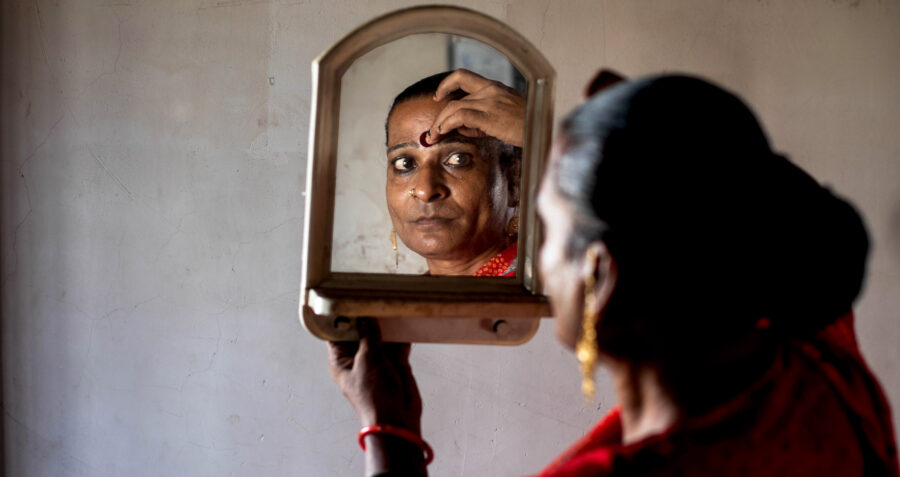UNAIDS report shows progress but we remain off track to achieving 2025 targets

A new UNAIDS report shows that there were 1.3 million new HIV infections in 2022 – down from 1.4 million in the previous year. UNAIDS suggests that AIDS can be ended by 2030 if governments and donors show strong leadership and follow the science, data and evidence. While Frontline AIDS recognises the important progress made, the world remains far from hitting key HIV prevention and treatment targets.
In 2022 630,000 people died from AIDS-related illnesses around the world. This represents only a small decline on 2021, when an estimated 660,000 lives were lost. With political and financial support for the HIV response waning, Frontline AIDS is concerned that the 2025 target of getting AIDS-related deaths down to 250,000 each year is slipping out of reach.
Progress was stronger on HIV prevention, with the steepest drops in numbers of new infections among children (aged 0–14 years) and young people (aged 15–24 years), who have been the focus of targeted, evidence-based interventions in recent years. However, the number of new HIV infections in 2022 was almost 1 million over the 2025 target of 370,000, with the data confirming what Frontline AIDS partners tell us again and again: that key and marginalised populations are on the frontline of the HIV epidemic in most regions, alongside adolescent girls and young women in Africa. Every week 4,000 adolescent girls and young women (aged 15-24 years) became infected with HIV globally in 2022, with 3,100 of these infections occurring in sub-Saharan Africa.
Factors that lead to successfully ending AIDS
The new UNAIDS report shows that HIV responses succeed when they are anchored in strong political leadership. It sets out factors that have led countries to successfully respond to HIV, including developing evidence-based plans, tackling the inequalities holding back progress, ensuring funding and enabling communities and civil society organisations to respond to the pandemic. Botswana, Eswatini, Rwanda, Tanzania and Zimbabwe have achieved the 95-95-95 targets (95% of the people who are living with HIV know their status, 95% of the people who know they are living with HIV are on lifesaving antiretroviral treatment, and 95% of people who are on treatment are virally suppressed) and 16 other countries are close to doing so. In Eastern and Southern Africa, new HIV infections have been reduced by 57% since 2010.
At a time when anti-rights activism is on the increase, the UNAIDS report makes the case for inclusive, human rights-based approaches to support people living with and affected by HIV, which have led to the reductions seen in new HIV infections and AIDS-related deaths over recent years. Noting that new infections are increasing steeply in eastern Europe and Central Asia and in the Middle East and North Africa, it warns against approaches that ignore, isolate and criminalise people living with or at risk of HIV and that marginalise communities. It recognises that one of the key drivers of the epidemic in these regions is the fact that people most at risk often can’t access the HIV services they need because of the barriers posed by punitive laws and social discrimination.
Every single life saved and every HIV transmission prevented is cause for celebration, as are the stories of progress from many countries where Frontline AIDS partners work. However, the UNAIDS global report also shows cause for concern.
– Divya Bajpai, Acting Executive Director at Frontline AIDS.
Divya continues, “Women and girls and key populations are already hardest hit by HIV, alongside marginalised populations such as LGBTQ+ people, sex workers and people who use drugs, and the rising anti-rights threat in many countries poses a further challenge to addressing the epidemic among these key groups. Additionally, the continuing decline in funding for HIV in 2022 from both international and domestic sources shows that we continue to face many obstacles, both old and new, to reach our goal of ending AIDS for everyone, everywhere.”
Tags
HIV infectionsHIV statisticsUNAIDSUNAIDS 2022 report

